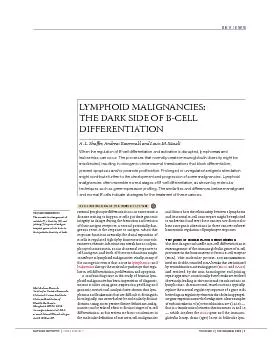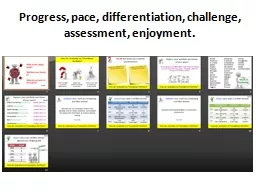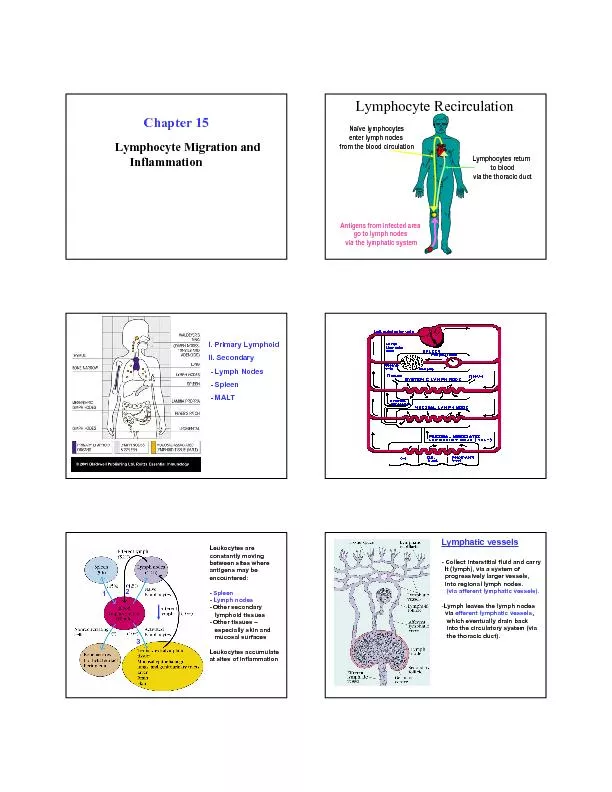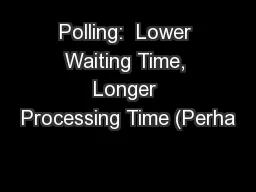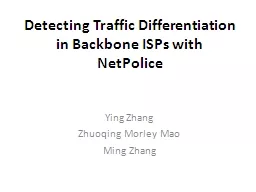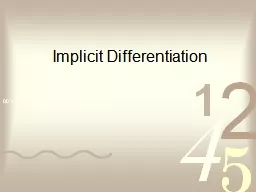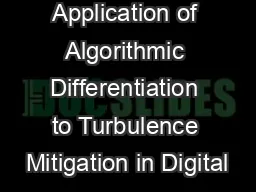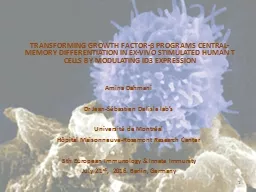PDF-Normal lymphocyte differentiation is,in some sense,adisaster waiting t
Author : jane-oiler | Published Date : 2015-08-30
and discuss how the relationship between a lymphomaand its normal Bcell counterpart might be exploitedto understand and treat these cancersWe discuss alsohow oncogenic
Presentation Embed Code
Download Presentation
Download Presentation The PPT/PDF document "Normal lymphocyte differentiation is,in ..." is the property of its rightful owner. Permission is granted to download and print the materials on this website for personal, non-commercial use only, and to display it on your personal computer provided you do not modify the materials and that you retain all copyright notices contained in the materials. By downloading content from our website, you accept the terms of this agreement.
Normal lymphocyte differentiation is,in some sense,adisaster waiting t: Transcript
Download Rules Of Document
"Normal lymphocyte differentiation is,in some sense,adisaster waiting t"The content belongs to its owner. You may download and print it for personal use, without modification, and keep all copyright notices. By downloading, you agree to these terms.
Related Documents

